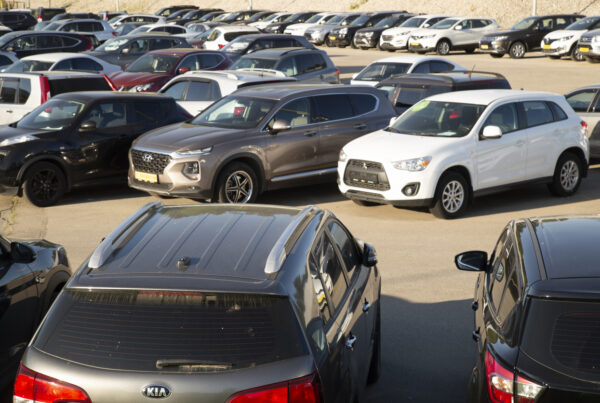The Real-World Testing Program has released its second tranche of results, providing Australian fleet managers with relevant fuel consumption and emissions results to help guide purchasing decisions.
This batch tested 13 vehicles – a mix of small and medium SUVs, passenger cars and people movers.
Seven of these delivered fuel consumption within 5 per cent of lab test results, while five exceeded their lab test fuel consumption by between 9 and 20 per cent. The Kia Carnival was more fuel efficient in the real world than in its lab test – recording 7 per cent lower fuel consumption.
The largest variation was recorded in the BMW X3, which consumed 20 per cent more fuel in the real-world test than in its laboratory test.
The other cars with real-world fuel consumption 9 per cent or more above their lab test results were the MG3 (+19 per cent); the Audi Q5 (+17 per cent); the Toyota Yaris Cross (+12 per cent); and the Volvo XC40 (+9 per cent).
Four vehicles recorded pollutant results that exceeded Australian regulatory limits for lab tests. The Kia Carnival, Hyundai Staria and Kia Sportage exceeded the lab limits for oxides of nitrogen (NOx), and the MG3’s on-road carbon monoxide emissions were 85 per cent higher than the regulated lab test limit for CO.
The Real-World Testing Program compares vehicles’ fuel consumption and emissions in Australian driving conditions with lab test results reported by car manufacturers. The $14 million program has been running since August last year. It is funded by the Commonwealth Government and conducted by the Australian Automobile Association.
AAA Managing Director Michael Bradley said Real-World Testing offered fleet buyers a clear picture of vehicle running costs and environmental performance and would drive down demand for models that over-promised and under-delivered.
“Using these test results will help fleet owners better manage their purchasing decisions, budgets, and environmental commitments,” he said.
The four-year program will test 200 cars, SUVs, and utes, including electric vehicles.
Did you find this article interesting? Click the ‘heart’ button above to give it a ‘like’!




















